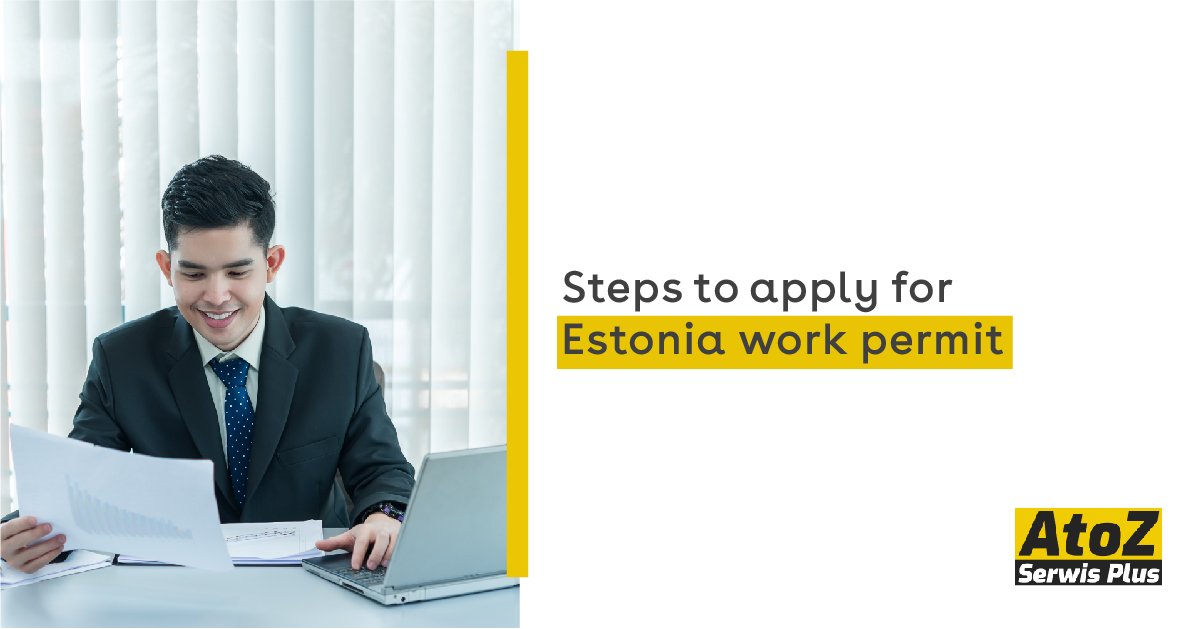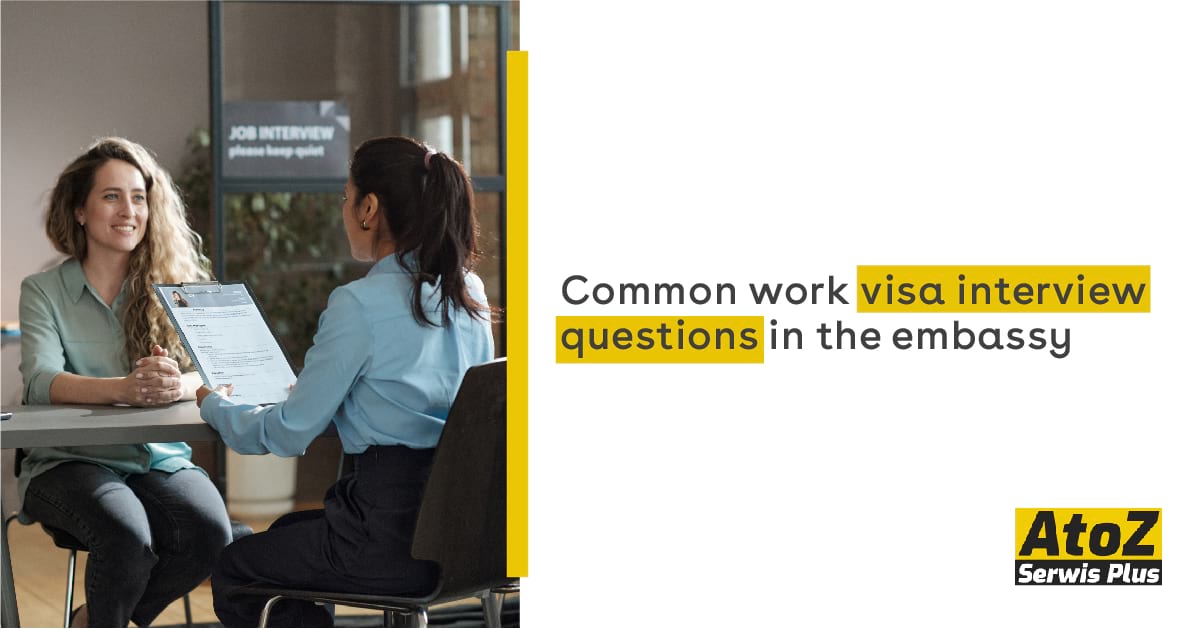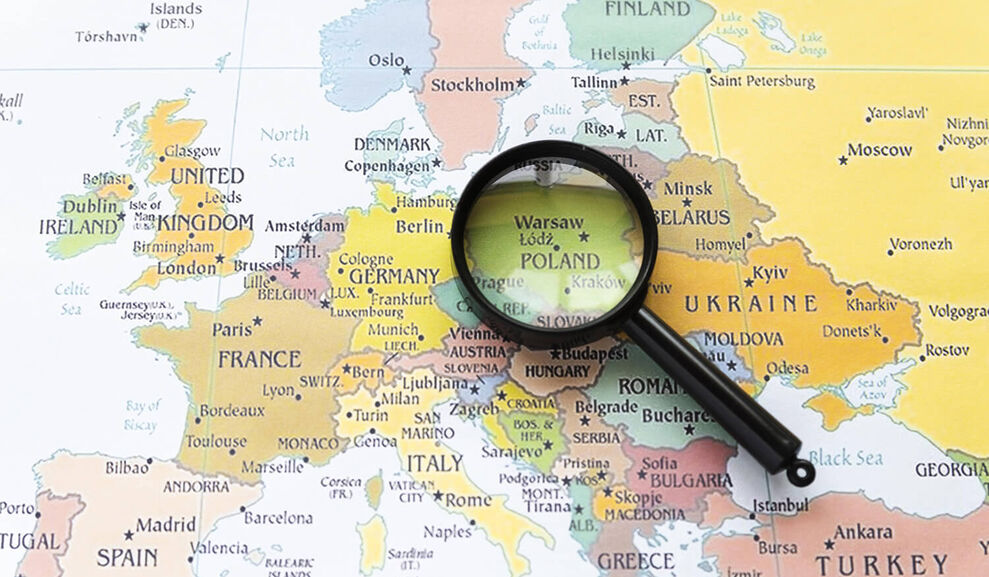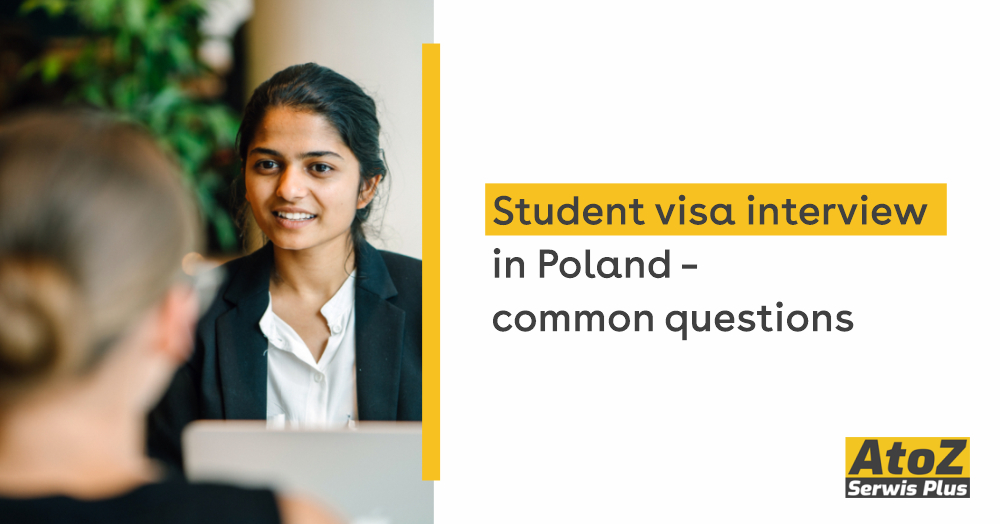

Steps to apply for Estonia work permit
Estonia Work Permits
There is no such thing in Estonia as a special “work permit”. You can work here if your short?term employment is registered by your employer and your stay here is legal (e.g. you have a D-visa) or when you have a valid (temporary) residence permit for working.
EU
- If you are a citizen of the EU, the EEA (Iceland, Liechtenstein and Norway), or Switzerland, you can enter Estonia without a visa.
- If you want to work in Estonia for more than 3 months, you just need to register as an Estonian resident in the Population Register of Estonia during the first 3 months of your stay. Within a month of residence registration, you must apply for an Estonian ID card.
Non-EU
- If you are a citizen of a non-EU country and would like to work in Estonia for a short time (up to year), you should apply for a D-visa. Before applying for a D-visa, your employer should register your short-term employment with the Estonian Police and Border Guard Board.
- If you are a citizen of a non-EU country and want to work in Estonia for a longer time (longer than a year), you need to apply for a residence permit. At first, you have to apply for a temporary residence permit (for work up to 5 years with your first permit). After having lived in Estonia for 5 years on a temporary residence permit, you can then apply for a long-term residence permit.
- If you wish to settle in Estonia permanently, you can also apply for a temporary residence permit for settling permanently created to make settling and fulfilling the required criteria for a long-term residence permit easier.
Applying for a d-visa
The D-visa is a long-stay visa (for up to a year) that can be applied for the purpose of work, study or family relations.
Applying for a D-visa (a year long visa) is a reasonable option in case you only want to work with a short-term project or also if you want to start working as quickly as possible (and will apply for a residence permit in Estonia later). Your visa application can take up to 30 days to be processed.
You can work in Estonia when your short-term employment is registered and you have legal grounds to work in Estonia. If you and your family members come from a country that has a visa-freedom agreement with Estonia, you can stay in the Schengen area for 90 days without a visa. This means you can enter and start working in Estonia and move on to the residence permit (up-to 5 years) or D-visa (up to a year) step once you arrive but make sure to have at least 2 months before your visa runs out before you submit the documents. More info about the process when applying in Estonia here.
If you come from a country that requires a visa to enter Estonia, you and your family members need to visit an Estonian representation to submit your documents for a visa.
Documents needed to apply:
– A passport, issued within the previous 10 years, that has at least two blank pages for visas and is valid until at least 3 months after the expiration date of the visa.
– Fully completed, printed out and signed D-visa application form
– Photo (size 35×45 mm)
– Insurance policy valid for Estonia or for the Schengen area with a coverage of at least 30,000 EUR for the first 15 days of your employment. After that, the Estonian national health insurance will cover you
– Document indicating the purpose of your trip: for you, that’s your short-term employment registration
– Proof of visa state fee payment €100.00.
The embassy may ask you for additional documents, so we recommend having these ready:
– Confirmation of accommodation in Estonia;
– Return flights or sufficient funds or employer’s confirmation to cover it.
Additional documents for family:
– Marriage certificate for spouse, birth certificate for children.
– Confirmation that the main applicant will cover the costs of staying in Estonia.
Your visa will be granted for the same duration as your short-term employment registration but will be automatically terminated if you receive an Estonian residence permit in the meantime.
Please note that embassies can have different processing times. Make sure you find out in advance how long the visa process is and how to collect your passport. It may be that you’ll have to travel to another country to apply and stay there until your visa is processed. You can always mention this to the embassy so that they could speed up the process if possible.
Types of Work Visas in Estonia
Estonia has three different visa categories:
- Type A: Airport transit visa for those passing through international transit parts of airports within Schengen Area member states.
- Type C: Short-term visa for individuals staying in the Schengen Area for no more than 90 days within 180 days.
- Type D: Long-stay visa used for single or multiple entries for a period of up to 365 days within 12 consecutive months.
Type A and C visas are Schengen visas and allow for entry to other member states. Individuals only entering Estonia can apply with the appropriate Estonian representation issuing the visas. However, if the visit includes going to several member states over two months, the applicant must go to the main destination to file the application.
While there are some exceptions, most of your employees will apply for a long-stay visa. They can do so in person with an Estonian representation that handles visa applications or at the service point of the Police and Border Guard Board in the country.
Requirements to Obtain Estonia Work Visas
Your employees will need to meet certain requirements to obtain an Estonia work visa. First, they’ll require a job offer from you as an Estonian employer. You should also provide a recognized work contract proving that they will work for you. It’s important to provide a letter of invitation that you submit to the Police and Border Guard Board. In some cases, the applicant will need permission from the Estonian Unemployment Insurance Fund for employment. If your employee is a top specialist, they may need to meet additional requirements.
In order to apply for a work visa, you must meet the following requirements:
- Job offer from a company in Estonia
- A standard work contract from your employer in Estonia
- Permission of the Estonian Unemployment Insurance Fund for employment (if required)
- Invitation by the employer which shall be completed by the employer and submitted to the Police and Border Guard Board
Other Important Considerations
Citizens from non-EU countries who want to work in Estonia for longer than six months should apply for a residence permit as well as a long-stay visa. First, your employees can obtain a temporary residence permit for up to two years. After living in Estonia for five years with a temporary residence permit, they can apply for a long-term residence permit that functions similarly to an Estonian work permit.
How Can AtoZ Serwis Plus You ?
- Advise you on the documentation that will be required for the visa
- Advise you on how the funds needed for the visa need to be shown
- Complete the application process
- Review your documents needed for the visa application





